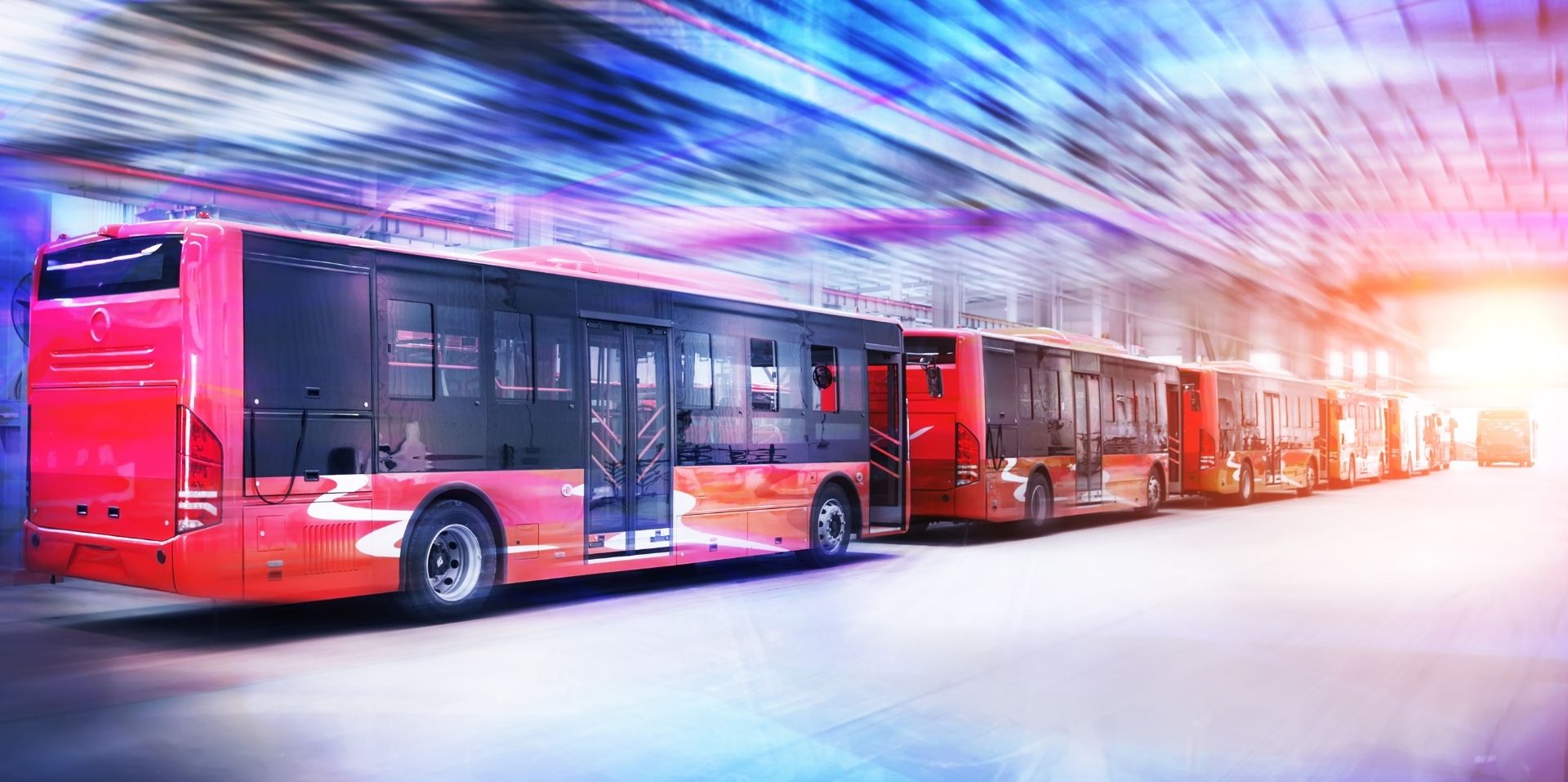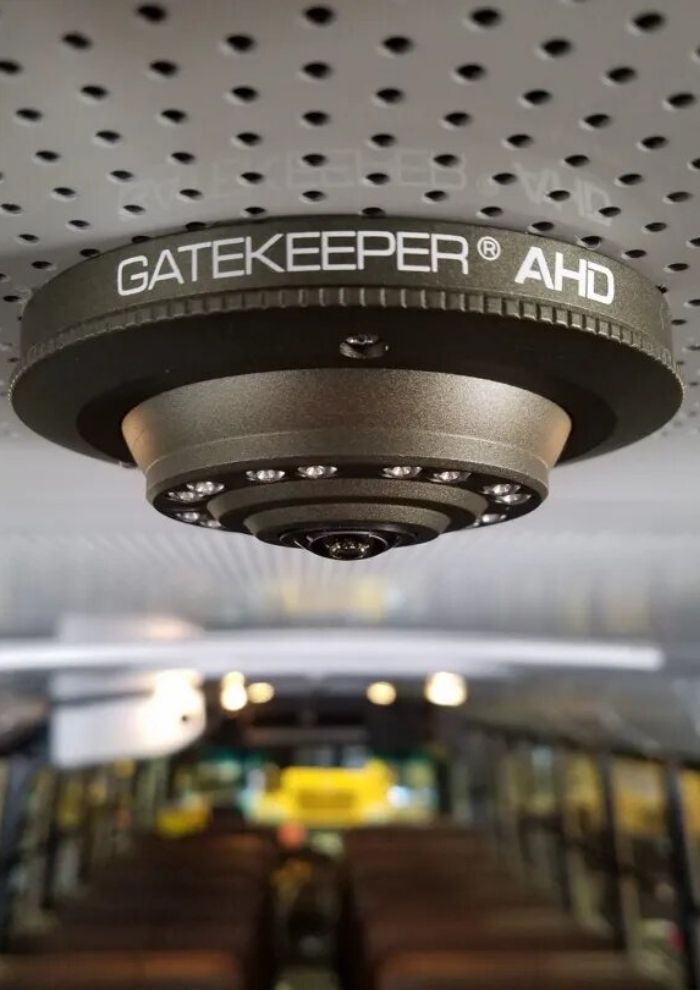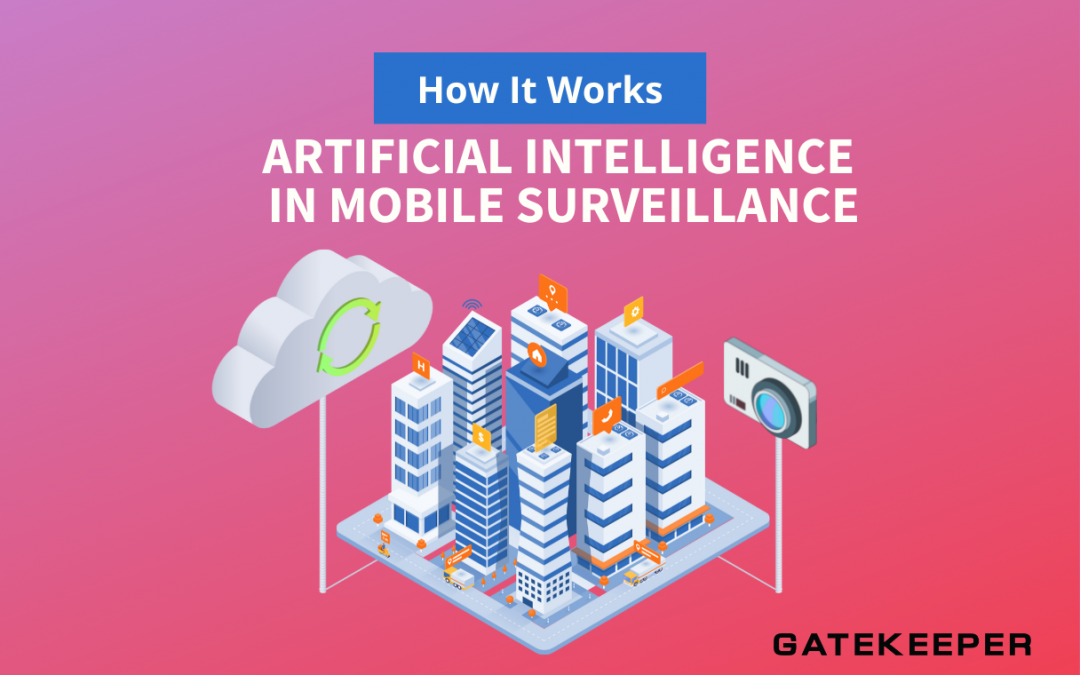Artificial Intelligence in Mobile Surveillance: How It Works
We are only at the forefront of Artificial Intelligence (AI), and it’s already starting to transform our lives in a multitude of ways.
AI has the ability to improve safety and efficiency in a way that was never possible before.
Multiple industries are embracing AI and the mobile surveillance industry is no different.
Imagine having someone that can watch every camera 24/7, examine every frame, and present analysis in real-time. This is the potential that AI has for surveillance.
What is Artificial Intelligence?
AI is a form of technology that can perform tasks that would normally require human intelligence.
Basically, computers and machines are programmed with algorithms that enable them to identify patterns and objects, as well as the ability to learn from their environment.
AI can also analyze a large amount of data quickly and without interruption.
For a data-driven industry such as surveillance, the possibilities for increasing safety and efficiency are massive. A single AI-camera feature like seat belt detection can make a drastic impact, as 43% of fatal accidents involve drivers and passengers who weren’t wearing a seat belt.
AI can be used to detect potential threats and unsafe behavior, and increase safety like never before.
Detecting Distracted Driving
According to a study by the NHTSA, distracted driving has become one of the leading causes of vehicle crashes in the U.S.
AI has the potential to reduce distracted driving accidents by monitoring driver behavior in real-time, alerting the driver to danger, and stopping accidents before they happen.
A range of driver distractions can be monitored, from using a mobile device while driving, to smoking, to taking their eyes off the road too much.
When these happen, AI-powered cameras can prompt drivers to refocus and remain alert while driving.
Lane Drifting
Lane drifting is a common result of driver confusion, distraction, or incapacity and is especially dangerous in situations with high speeds and heavy traffic.
It’s estimated that over half of all traffic fatalities are the result of lane departure.
Mobile cameras that are AI-powered are able to track the position of a vehicle in relation to the lane markings. If the camera detects that the vehicle is drifting out of its lane, it will alert the driver, helping to prevent collisions.
Headway Monitoring
AI-powered cameras can also detect when two vehicles are too close to one another.
When this happens, the driver can be alerted to slow down or adjust their lane position in order to increase the distance between the vehicles.
Helping drivers to maintain a safe distance between vehicles can greatly reduce the risk of rear-end collisions, making roads safer and reducing liability claims.
Forward Collision Warning
AI has gotten so sophisticated it is even able to detect if a collision is likely to happen.
With a forward collision warning system, AI cameras monitor the vehicle in front, track its speed and predict if a collision is imminent.
If a vehicle in front makes a sudden stop, the system is able to warn the driver to slow down or take evasive action.
Every fraction of a second on the road counts and an AI camera is able to recognize and alert for collisions faster than any human. This can help prevent or reduce the severity of accidents.
Tired Drivers
Finally, AI-powered surveillance systems even have the ability to detect when a driver is too tired to drive.
Driving at night is the most dangerous time to drive. Deadly accidents are three times more likely to happen at night than during the day.
AI cameras are able to prevent drivers from becoming overly drowsy, as they are able to track a driver’s head posture, movements, and viewing direction and determine if the driver has become fatigued.
Increasing Safety
There is no doubt that AI-enabled mobile surveillance systems are going to be an invaluable asset for keeping our roads safer.
A study by the National Highway Transportation Safety Administration (NHTSA) found that human error is the cause of 94% to 96% of all auto accidents.
AI has the potential to mitigate human error on the road, making driving safer and reducing collision costs.
Safety features that have never been possible before can now warn drivers and prevent accidents.
From lane departure and headway monitoring warnings to detecting distracted and tired drivers, AI mobile surveillance systems are the future of safe driving and smart cities.





